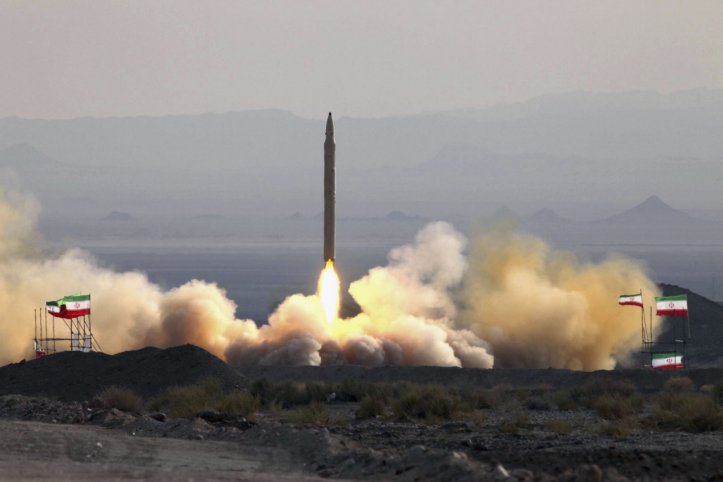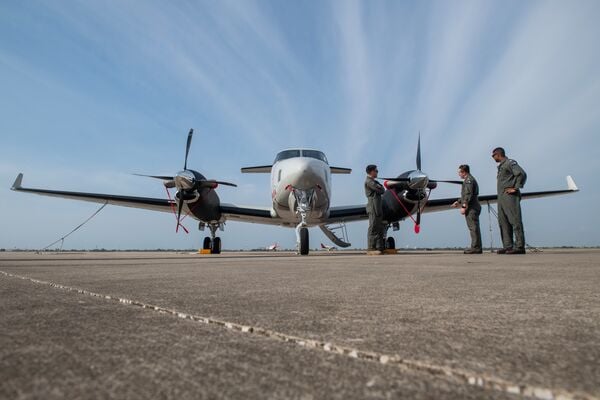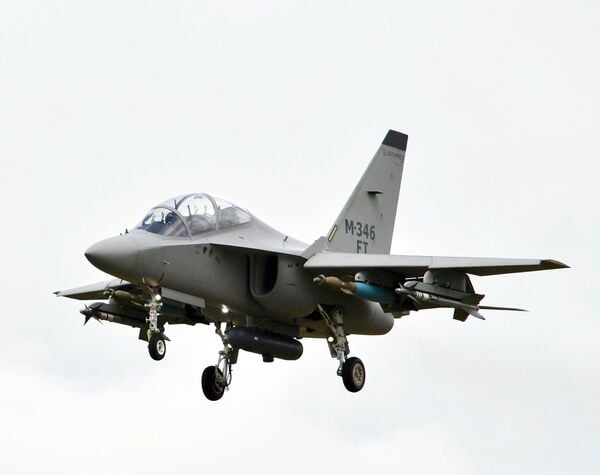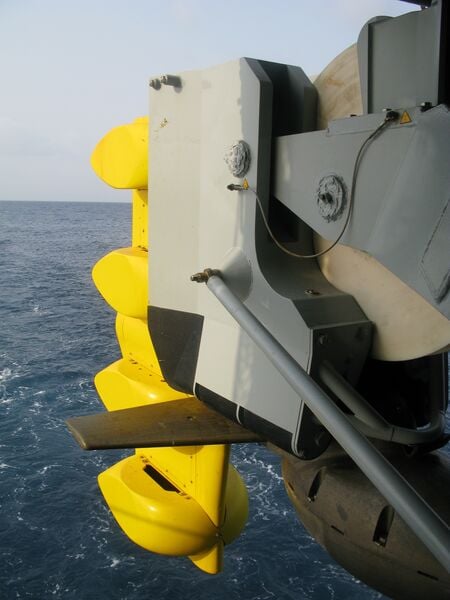- About
- Intara
- Capabilities
- Advisory
- Resources
- News
- Store
Restrictions on Iran lifted
20 October 2020
by Charles Forrester
The UN arms embargo on Iran has expired as part of the Joint Comprehensive Plan of Action (JCPOA) agreement covering Iran’s nuclear programme that was signed in 2015.
The agreement set an expiry for the arms embargo of 18 October 2020, five years after the adoption of the agreement. Other controls, such as travel and financial transaction restrictions, have also been automatically lifted as part of the agreement.

A UN arms embargo on Iran has been lifted following the expiration of a time limit within the JCPOA agreement. (Mohsen Shandiz/Corbis via Getty Images)
Iranian Foreign Minister Javad Zarif tweeted on 18 October that the “normalisation of Iran’s defence cooperation with the world is a win for the cause of multilateralism and peace and security in our region.”
The Foreign Ministry added in a statement that “the Islamic Republic of Iran may procure any necessary arms and equipment from any source without any legal restrictions and solely based on its defensive needs, and may also export defensive armaments based on its own policies.”
US Navy accepts first two Textron T-54 deliveries
23 April 2024
by Zach Rosenberg


The first of two Textron T-54s delivered to the US Navy, intended to replace the T-44s. The deliveries were announced on 22 April. (US Navy)
US Naval Air Systems Command (NAVAIR) accepted delivery of the first two Textron T-54 Multi-Engine Training System (METS) aircraft at Naval Air Station (NAS) Corpus Christi, Texas, the service announced on 22 April. The aircraft are set to begin training students at NAS Corpus Christi's Training Air Wing Four in boreal spring 2025, the US Navy (USN) told Janes .
The USN intends to operate 64 of the Textron King Air 200-based aircraft, which will replace the Textron T-44 as the service's main twin-engine pilot training aircraft. Deliveries are set to run through 2026, and the aircraft is meant to operate until 2055.
“This aircraft brings modernised training to student naval aviators and prepares them for the advanced aircraft they will fly in the fleet,” said Captain Duane Whitmer, USN programme manager.
Leonardo confirms M-346 contract for Nigeria
22 April 2024
by Gareth Jennings


Nigeria is to receive 24 M-346 aircraft that will be used in both the trainer and combat roles. While Leonardo offers both the M-346FA and M-346FT (pictured) combat versions of the aircraft, all official announcements on the Nigerian deal by the NAF and/or Leonardo to date have referred only to the baseline M-346 advanced jet trainer that comes with a secondary combat capability. (Janes/Patrick Allen)
Leonardo has for the first time disclosed that it has been contracted to deliver its M-346 to Nigeria, telling Janes on 19 April that it recently confirmed its commitment to a timely delivery of the “fighter aircraft” to the West African country.
The Italian company's confirmation came in response to a post on the Nigerian Air Force's (NAF's) official Facebook account, in which it said it is to receive 24 M-346 fighter aircraft, with the first six expected to arrive before the end of 2024 and the remainder to follow in further tranches of six.
SEA software to be tested as part of RN ASW Spearhead programme
22 April 2024
by Richard Scott


Sonar 2087 (the variable depth towed body is pictured here) remains the RN surface fleet's principal long-range ASW sensor. SEA's software application is designed to automatically determine the optimum deployment depth of an active sonar projector and the receive array within the water column. (Richard Scott/NAVYPIX)
UK company Systems Engineering and Assessment (SEA) has been tasked to demonstrate a software application designed to enhance the performance of the UK Royal Navy's (RN's) principal surface ship anti-submarine warfare (ASW) sonar system.
In a 16 April announcement, the company said it would work with prime contractor Thales UK to test the software under the umbrella of the RN's ASW Spearhead programme. While SEA has not explicitly identified the potential exploitation, it is understood to be a candidate solution for the Capability Insertion Project (CIP) designed to improve the performance of the Sonar 2087 variable depth low-frequency active/passive sonar system fitted to RN Type 23 frigates.
The UN arms embargo on Iran has expired as part of the Joint Comprehensive Plan of Action (JCPOA) ag...
Latest Podcasts
Iran Israel analysis
In this podcast Janes analysts discuss the Iranian attacks on Israel on the 14 April. They highlight the military systems used by Iran and the performance and impact of these on Israel. They also discuss the implications of this attack goi...
Listen nowJanes Case Studies
Using Janes Intara to build a common intelligence picture: Russian build up on the Ukrainian border
View Case StudyNews Categories
 Security Details
Security Details